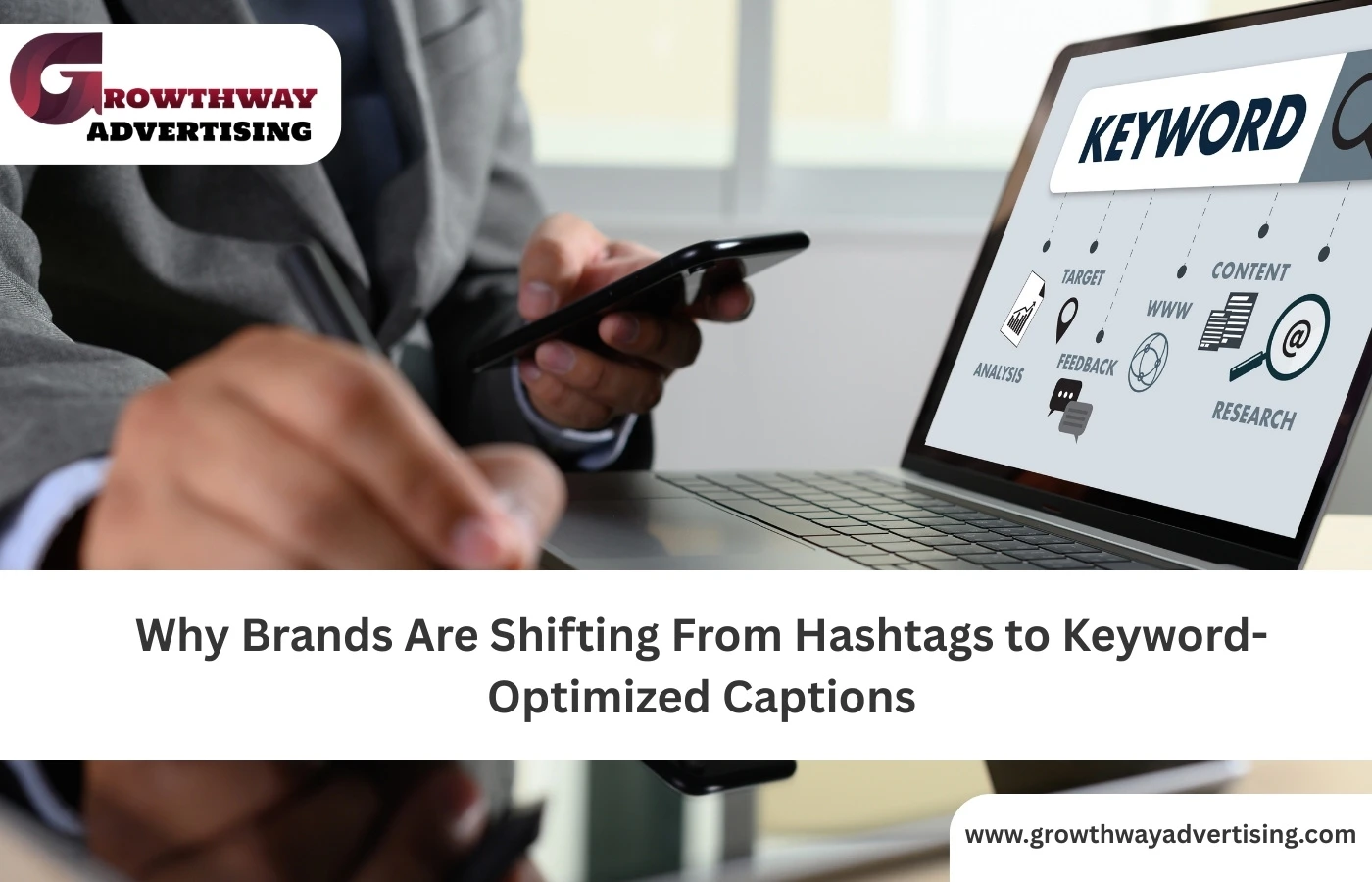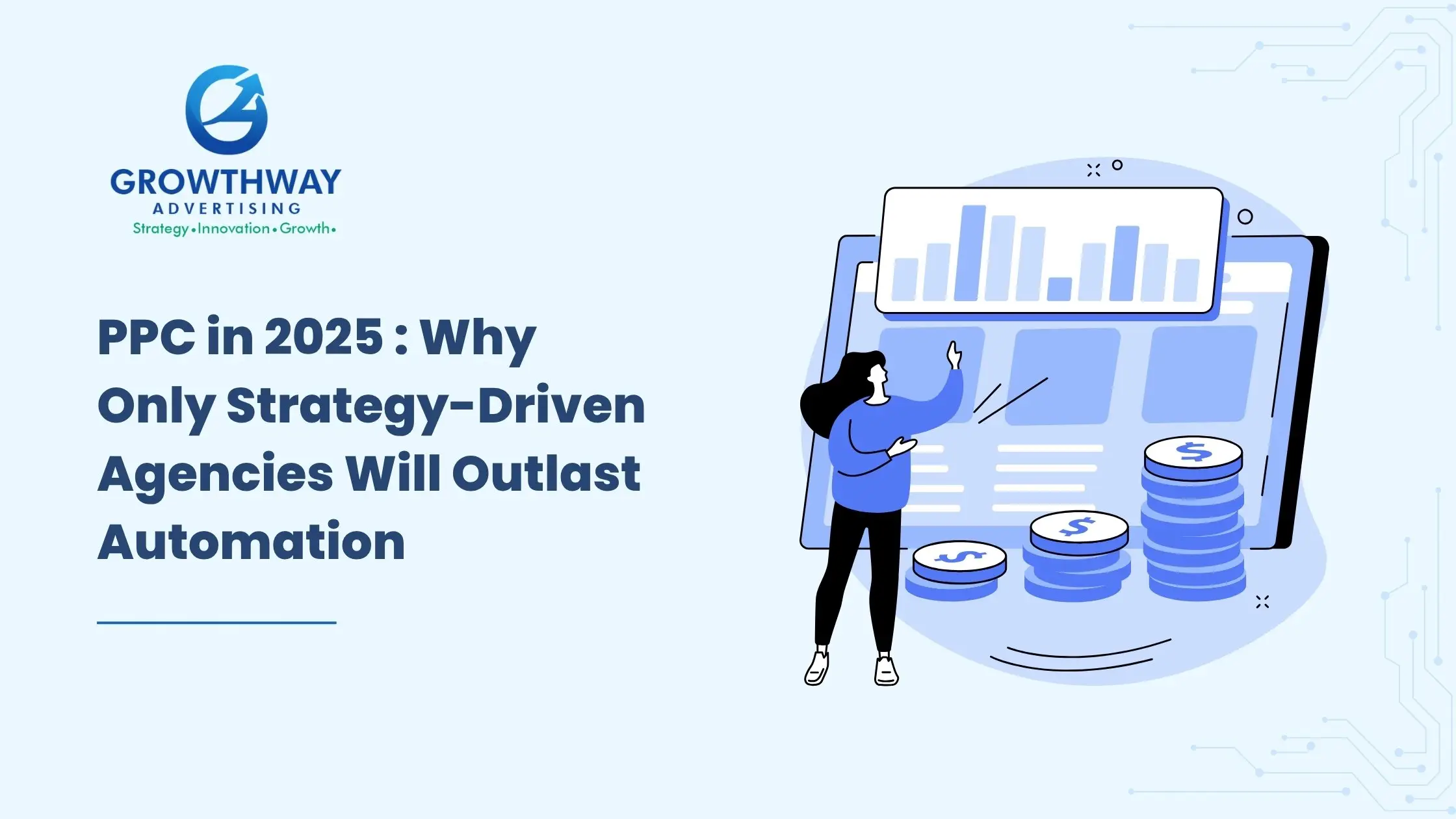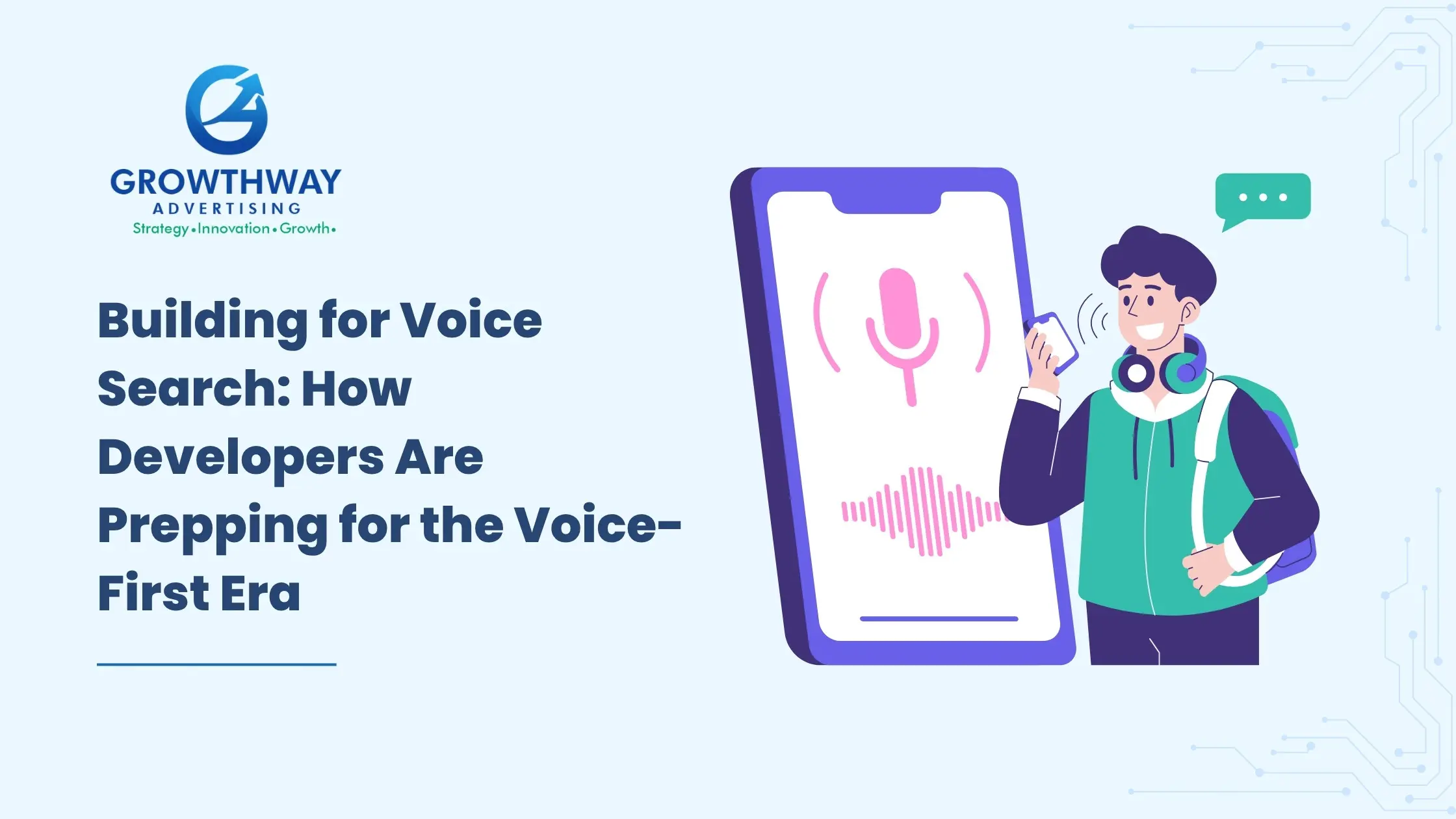Marketers viewed hashtags over the years as the ultimate shortcut to visibility. The concept was simple: incorporate a block of popular tags to position your post within a larger content pool. However, it’s challenging to ignore the current shift. The brands are shifting towards less heavy hashtag usage and more towards keyword captions as a more prominent visibility, engagement and long-term Instagram SEO approach.
We can analyse the cause of this change, its effect on your brand, and how you can adapt your content strategy.
From Hashtag Clouds to Searchable Captions
Instagram used to have hashtags, which were the primary cue that the algorithm relied on to determine what your post was about. However, the Instagram algorithm has changed. Today, it places importance on natural language in captions, on-screen text, and even verbal Reels. In other words, your post’s content is more critical than the hashtags below.
That does not imply that hashtags are useless. Even niche hashtags have the power to ensure that your content appears in smaller and particular communities. 20 or 30 hashtags are no longer reassuring. Instead, it is the process of including the keywords of your captions in a natural, readable manner that will render your content discoverable through Instagram search optimization.
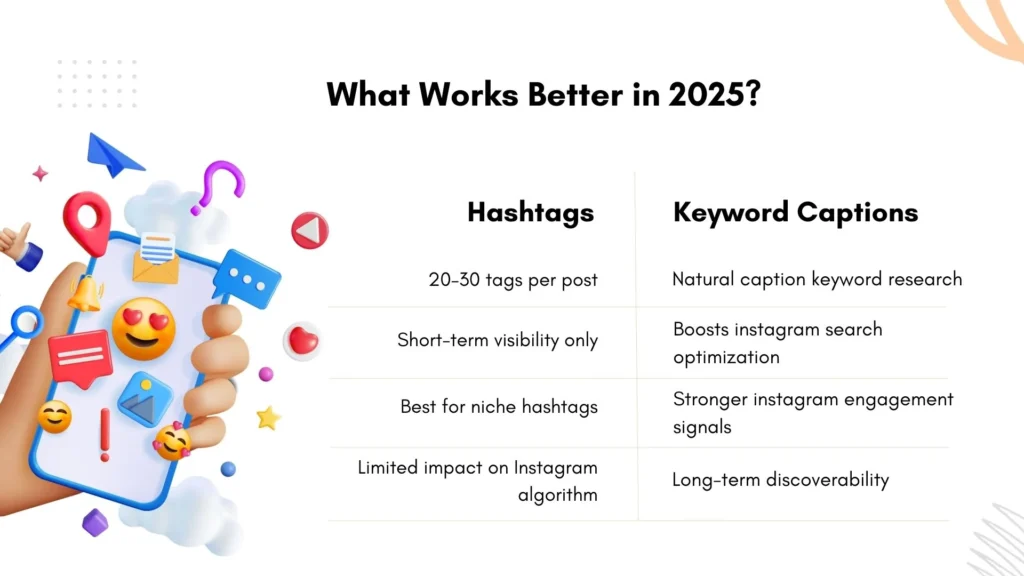
Why Captions Are the New SEO Goldmine
Think of Instagram as a search engine. Just like Google, it wants to match users with content that directly answers their intent. When someone types “healthy smoothie recipes” in Instagram’s search bar, posts with captions that actually mention “healthy smoothies” or related terms have a higher chance of appearing.
This is where caption keyword research plays a crucial role. Rather than stuffing hashtags, brands are discovering the precise words their audience searches for and inserting them into captions. This is practice in conjunction with Instagram interaction indicators such as saves, shares, and comments – since a well-crafted caption will inherently invite interaction.
When you write captions with keywords, e.g., ‘easy recipes’, ‘morning routine’, or ‘fitness motivation’, you are telling the algorithm that your content is relevant. Combine that with carousel optimization, meaning each slide of a multi-image post reinforces those exact keywords visually, and you build a more powerful package in terms of discovery.
The Role of Social Media Services in the Shift
Many brands lack the resources to research keywords, test captions, and keep up with algorithm updates. This is why many brands rely on professional assistance. An agency or team that provides social media marketing services can conduct organised keyword research, produce optimised captions, and track what’s actually making the engagement happen.
Social media services, including content creation, social media advertising, and analytics tracking, are typically offered in combination with other services by these agencies, allowing brands to gain a comprehensive view. The change of the hashtags to captions aimed at keywords is not only about writing in a different tone but also about turning Instagram posts into a broader digital plan.
The work of social media marketing companies today, however, is characterised by a strong focus on testing the captions, experimenting with the positioning of the keywords, and integrating each post into the context of overarching social media marketing products, such as paid campaigns or influencer partnerships.
Hashtags Still Have a Place
It’s important to clarify that hashtags are not entirely irrelevant. They are no longer the hero of discoverability. Even a few niche hashtags – three or five of them – can still be added to your keyword strategy. For instance, when writing about vegan recipes, you can add a tag like #VeganBreakfast or #PlantBasedLife to reach that audience segment.
However, observe the contrast: you are not using hashtags to deliver your post but to add metadata in support, as your caption works hard to make you visible.
What Keyword-Optimized Captions Look Like
A keyword-driven caption doesn’t read like an SEO article shoved into a social media post. It reads like a natural conversation with your audience while including terms they’re actively searching for.
Here’s a simple structure many brands use:
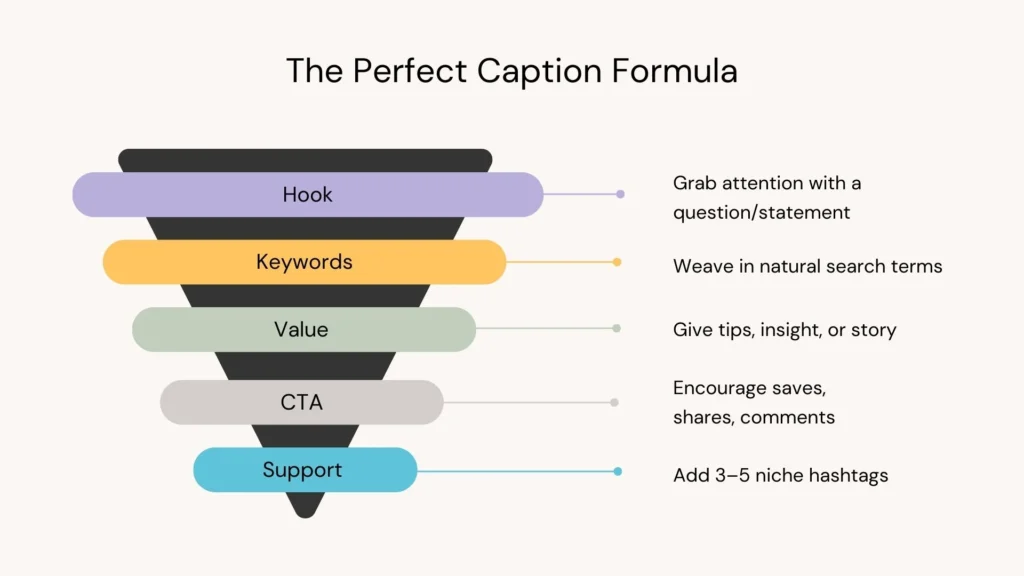
- Hook: Grab attention with a relatable statement or question.
- Example: “Struggling to make your morning routine stick?”
- Value: Deliver the key information, naturally weaving in your target keyword.
- Example: “Try this 5-minute smoothie recipe perfect for anyone searching for healthy breakfast ideas.”
- Engagement: End with a call to action that encourages interaction, which feeds Instagram engagement signals.
- Example: “Would you swap coffee for this? Comment below!”
This approach satisfies both the algorithm and your audience. You’re readable, relevant, and discoverable all at once.
The Data-Backed Case for Keyword Captions
When brands test keyword-optimized captions against hashtag-heavy posts, the results are precise. Keyword captions drive more reach through Instagram search optimization and more engagement because they feel human, not spammy.
What is more valuable is that captions that are optimized on individual phrases can continue to rank in those searches weeks or months later and generate compounding visibility. Compare this to hashtags, which are most likely to spur a brief surge of reach.
That is why contemporary social media advertising campaigns tend to incorporate caption testing. Agencies will also use the duplicate creative content with different captions, monitor their reach, and increase the budget for the caption that performs best in searches.
How to Research the Right Keywords
Researching effective caption keywords doesn’t have to be complicated. Here are simple methods brands use:
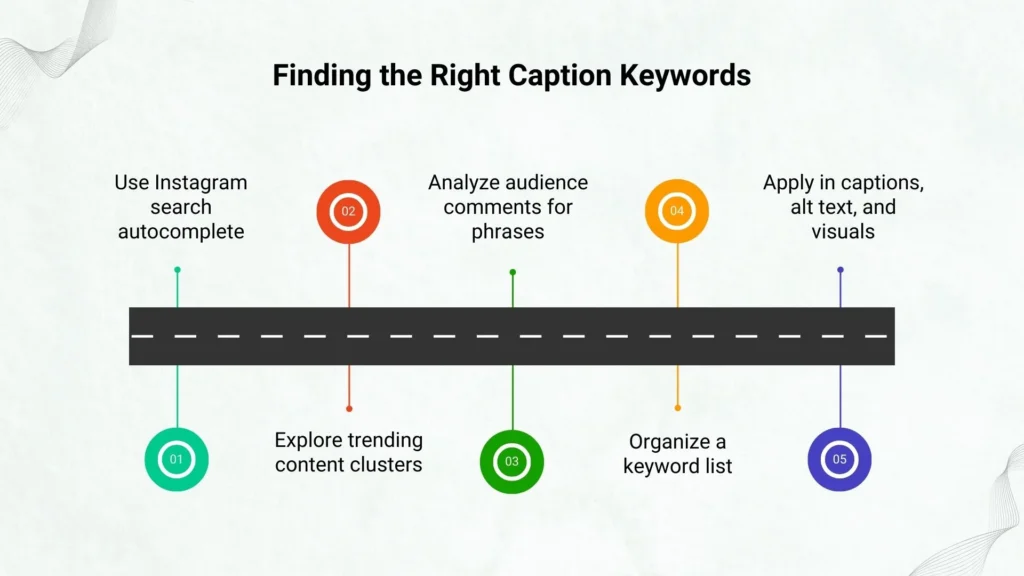
- Instagram search bar: Type a word related to your niche and look at autocomplete suggestions. Those phrases are active searches.
- Explore page clusters: Notice the keywords repeated in trending posts.
- Comments mining: Check what language your audience uses when talking about your content.
- Cross-platform cues: Look at trending Google queries that overlap with your industry.
After creating a list, work them into your captions in an organic way. This can be systematised by a social media marketing agency through spreadsheets, scoring of keywords and testing frameworks but even individual creators can employ this strategy.
Beyond Captions: Multi-Signal Optimization
Captions aren’t the only thing Instagram reads. The Instagram algorithm also picks up on:
- Alt text SEO: Writing descriptive, keyword-rich alt text for accessibility and discoverability.
- On-screen text: Adding keywords into carousel slides, story text, or Reel overlays.
- Spoken keywords in Reels: Saying the words out loud can be detected and indexed.
- Profile optimization: Using target keywords in your name field and bio.
Whenever all these signals are in sync with each other – caption, hashtags, alt text, on-screen text – you have an excellent ecosystem of visibility. That is why the current social media management tools treat content as a network of SEO resources rather than a single post.
Industries Leading the Shift
Various industries are adjusting at varying rates. Food and fitness brands lead the movement, as their followers are always on Instagram. A fitness coach who writes captions based on keywords such as ‘quick at-home workout’ is much more likely to appear in the search results compared to one using the keyword ‘#fitlife’.
E-commerce stores are also taking advantage, pairing carousel optimization with product keywords to drive discoverability. A keyword, such as ‘sustainable fashion’ or ‘eco-friendly shoes’, can be emphasized in each slide of a carousel, helping posts to rank higher in search.
Even local companies are optimizing their presence by using location-based keywords within captions and then placing geotags to enhance local Instagram search engine optimization.
Why This Matters for Your Marketing
For brands investing in social media marketing, it’s essential to understand that hashtags alone will not drive growth. Instagram requires you to treat it like an actual search engine, researching keywords in the caption and making use of optimized images and other structures that draw in engagement.
It is not just a strategy shift to captions. It’s a change of mindset about treating all captions as discoverable, indexable content. And since the Instagram algorithm still depends on relevance and user intent, the brands that write to humans first and algorithms second will prevail.
FAQ’s
Because the Instagram algorithm now prioritizes natural language in captions, alt text, and on-screen text over large hashtag blocks.
Yes, but only a few niche hashtags (3–5) work best. Captions with relevant keywords carry more weight for instagram search optimization.
Well-written captions encourage comments, shares, and saves, which are strong instagram engagement signals.
Start with caption keyword research using Instagram’s search bar, Explore suggestions, and audience language in comments.
Yes. The Instagram algorithm can detect on-screen text and spoken words in Stories and Reels, boosting discoverability.
Expect deeper focus on keyword relevance across captions, visuals, and profile optimization hashtags will remain supportive but secondary.

